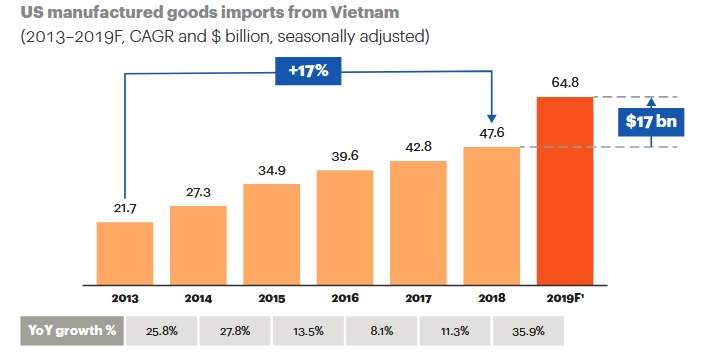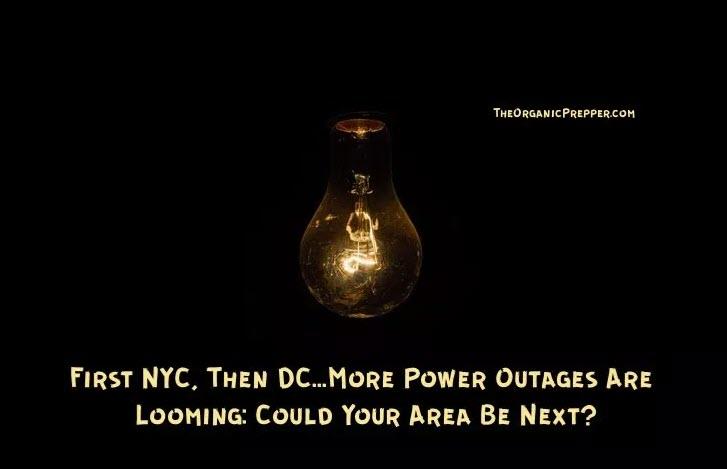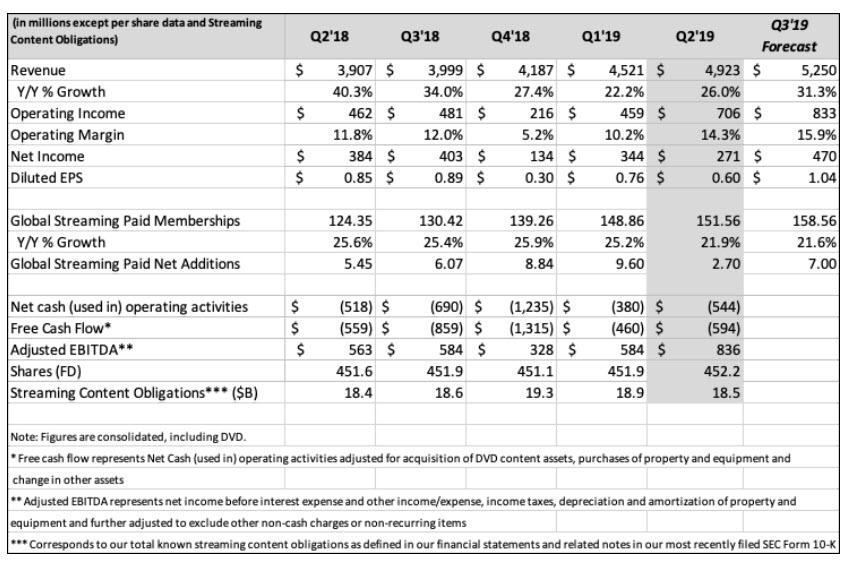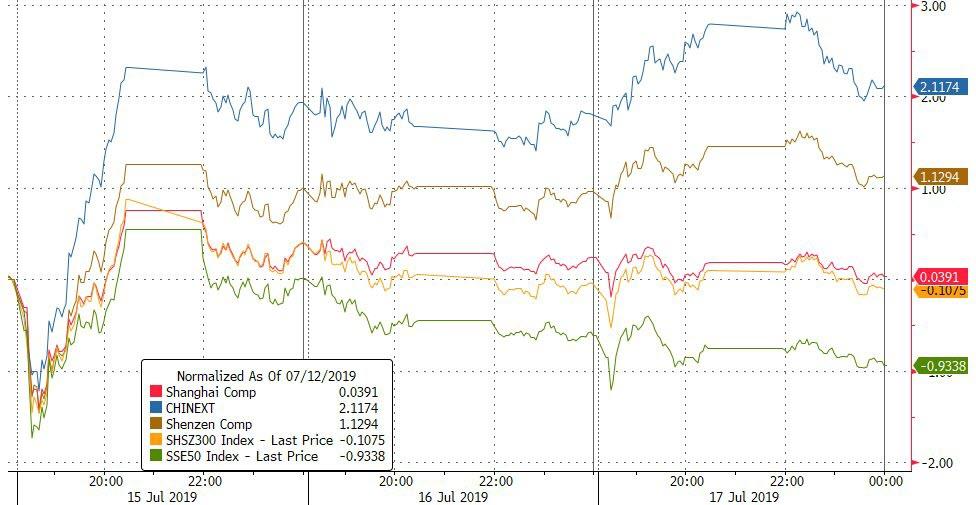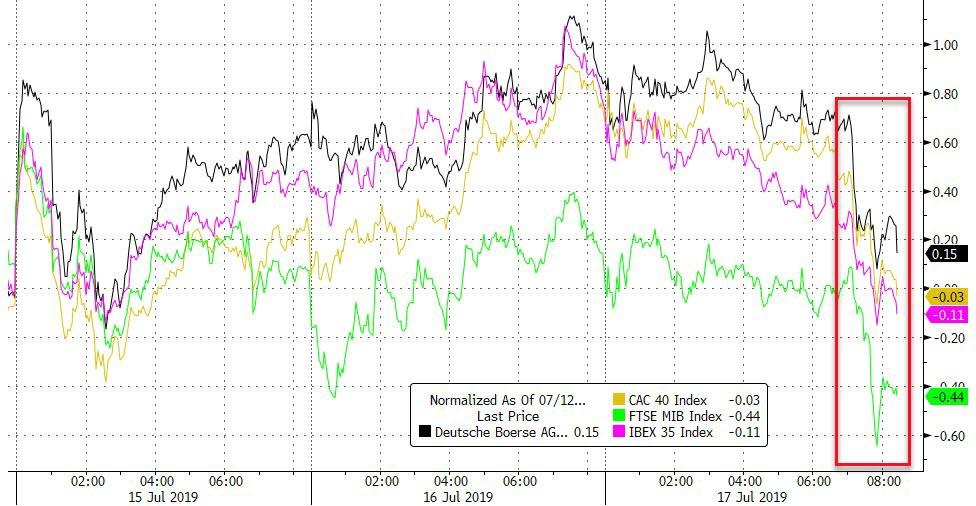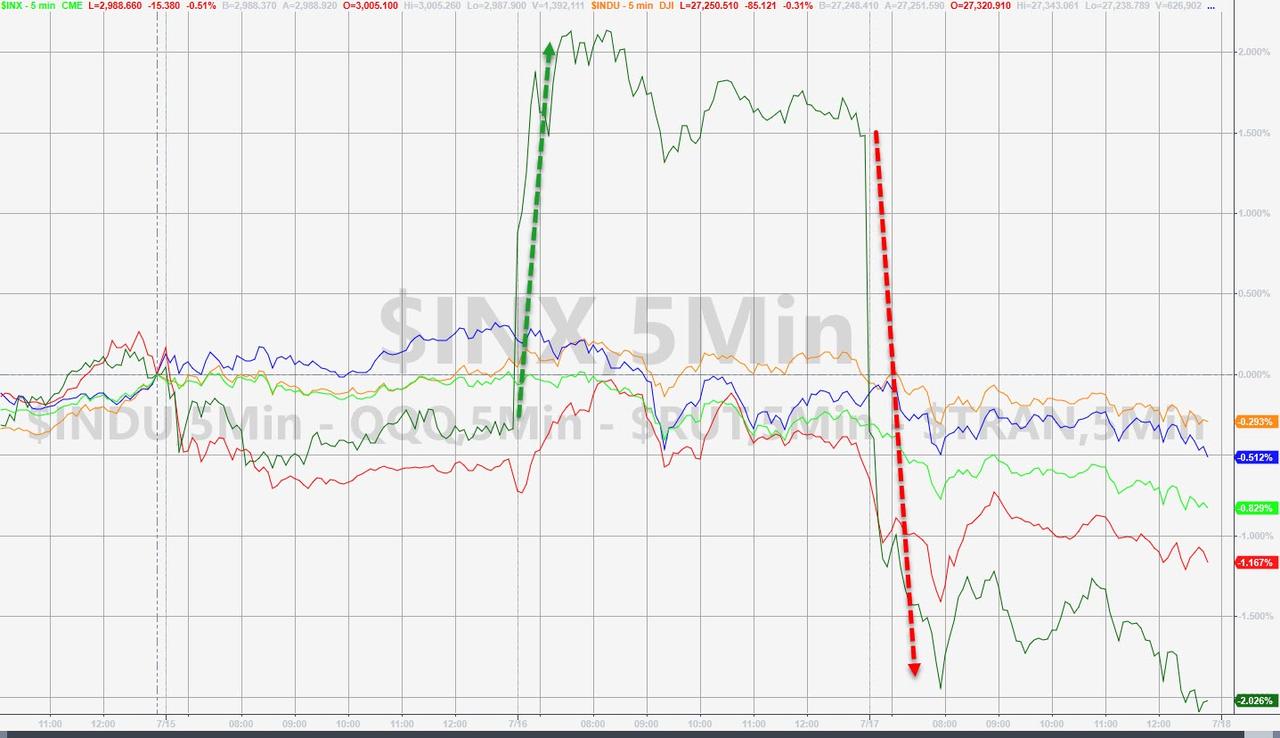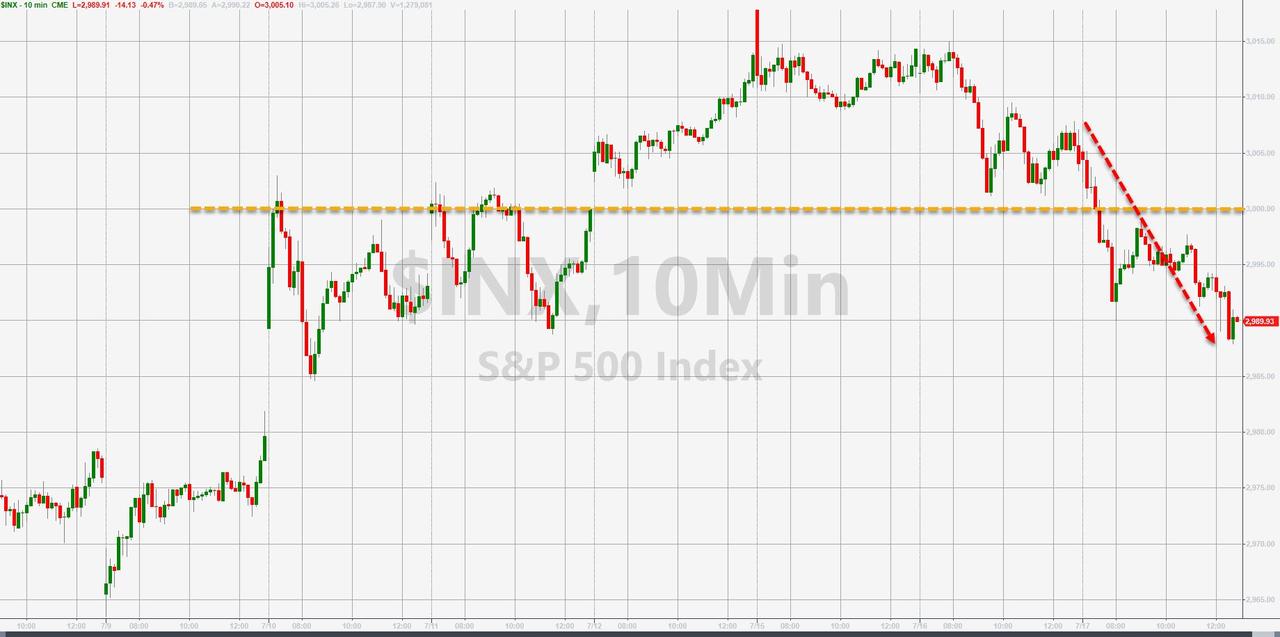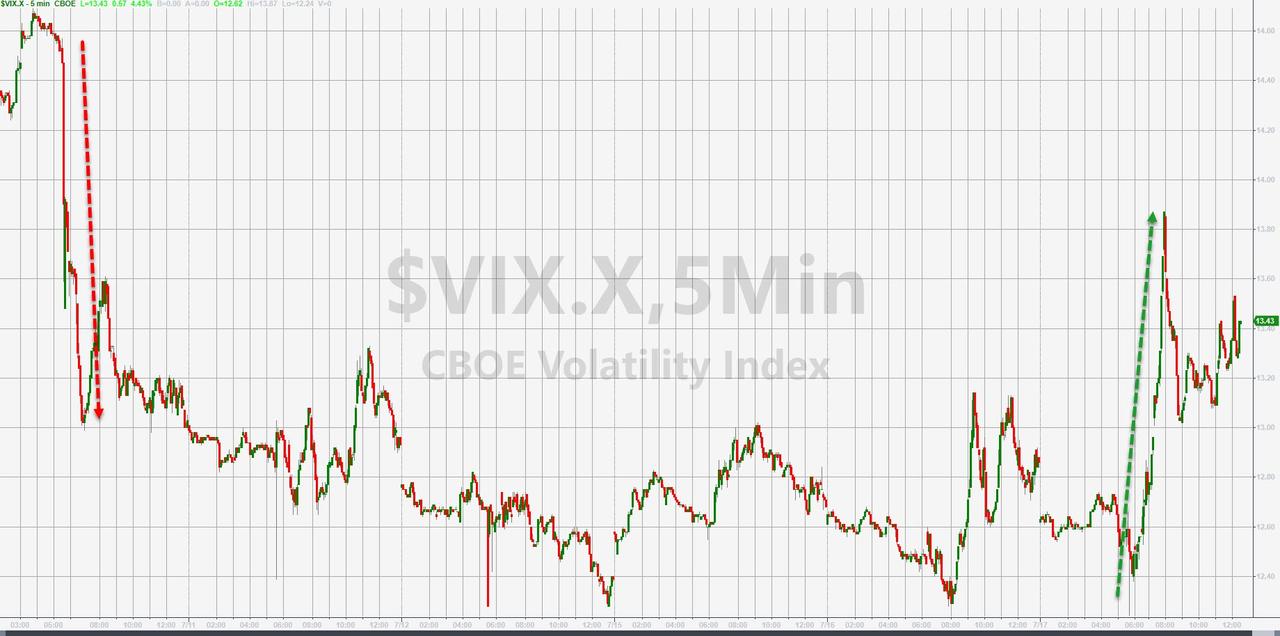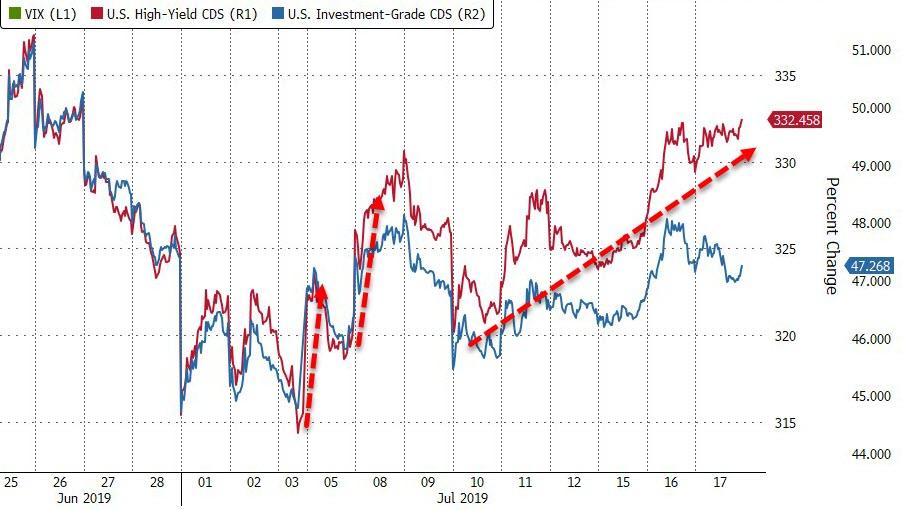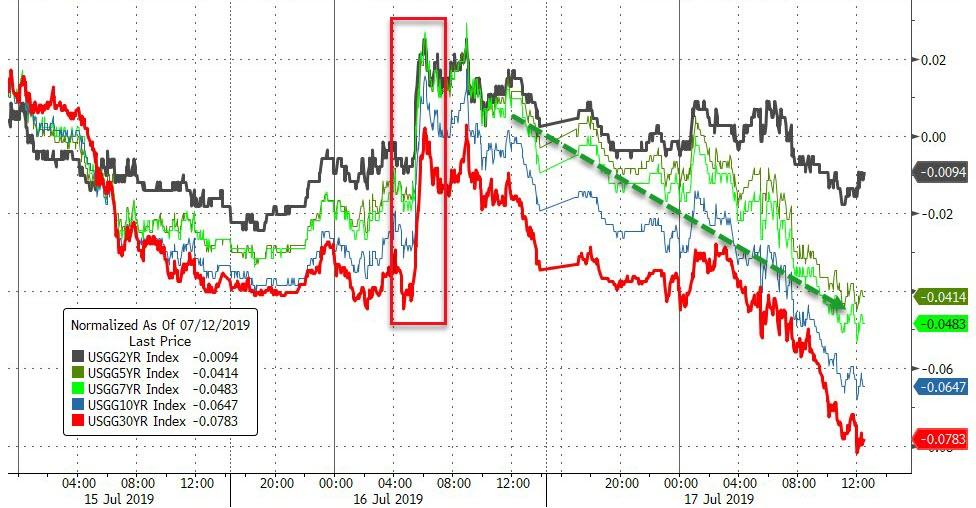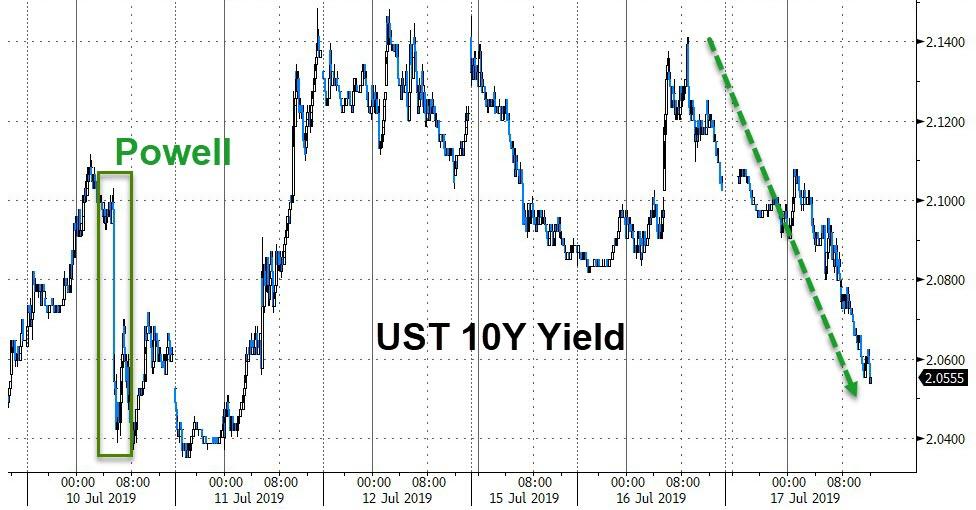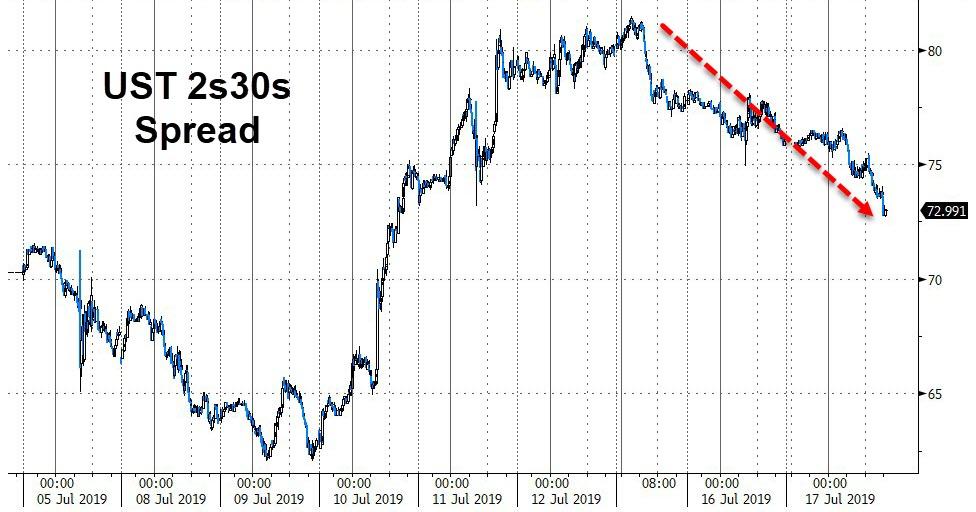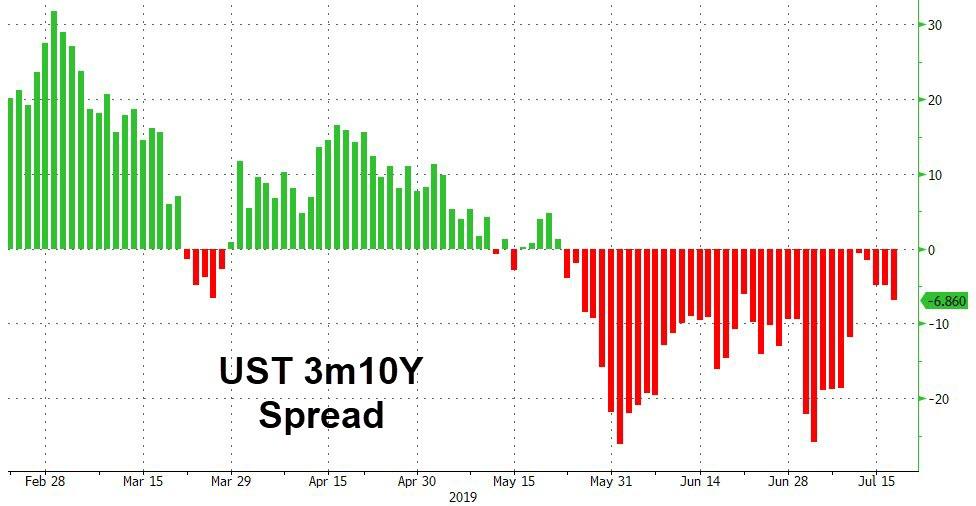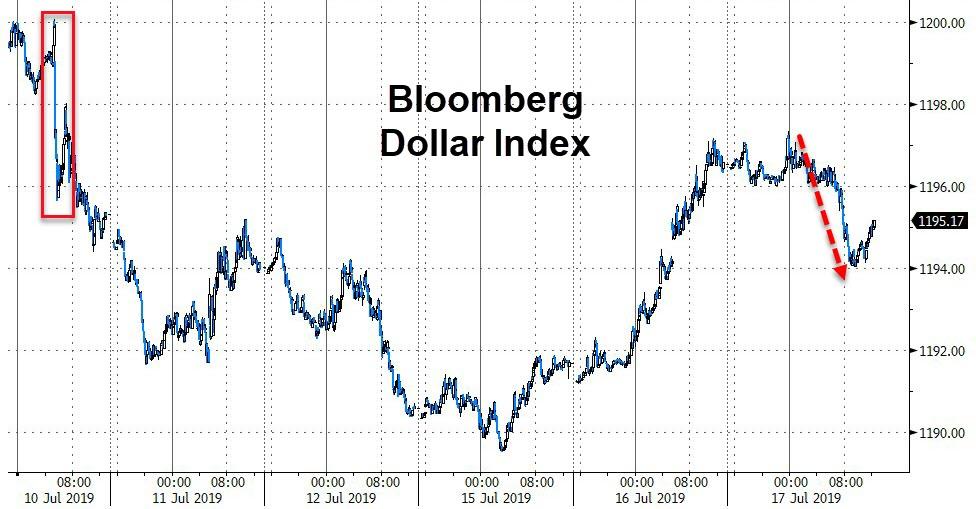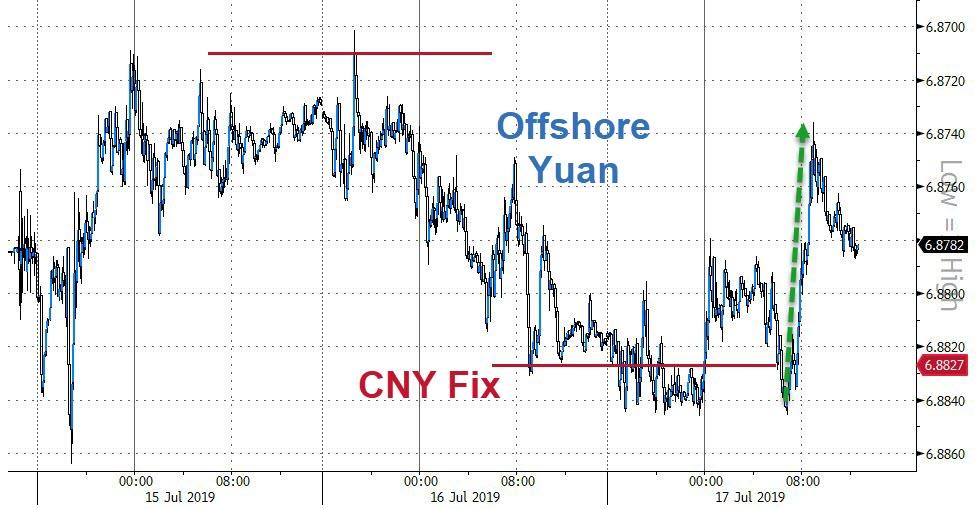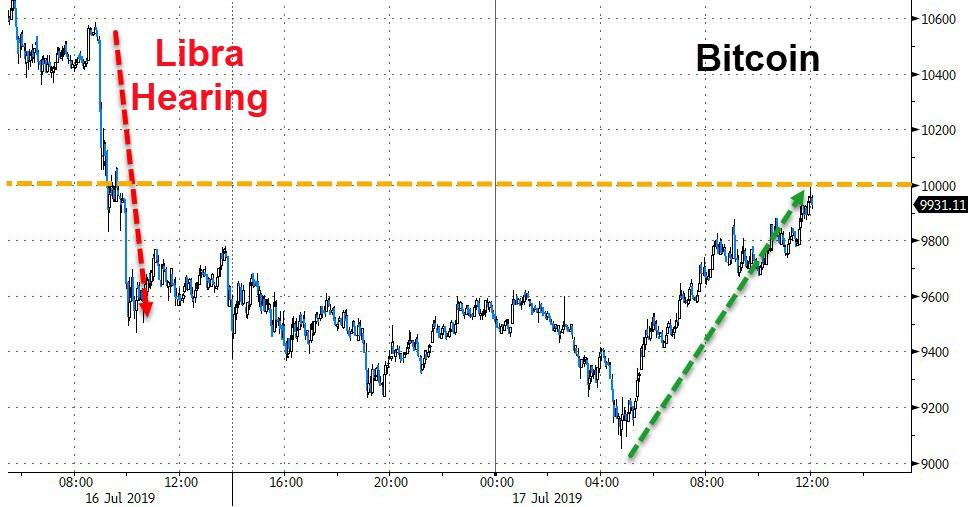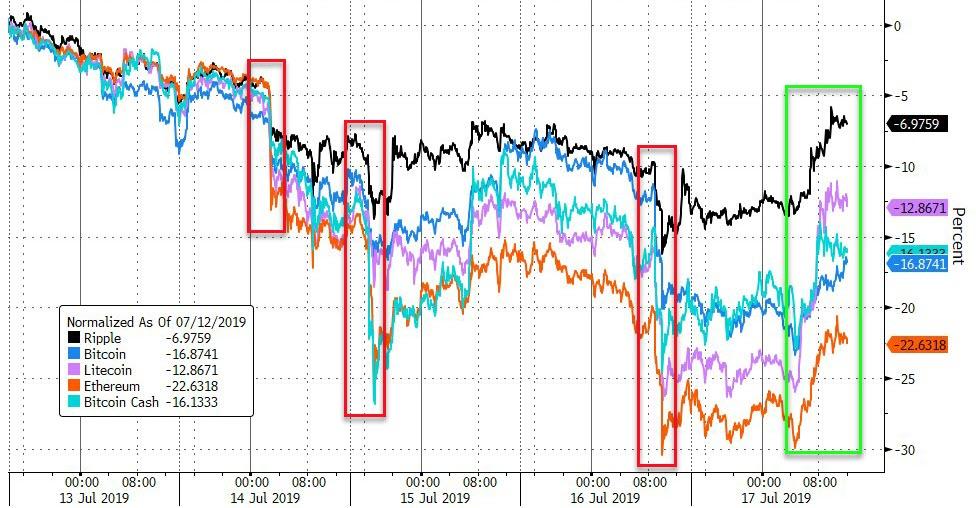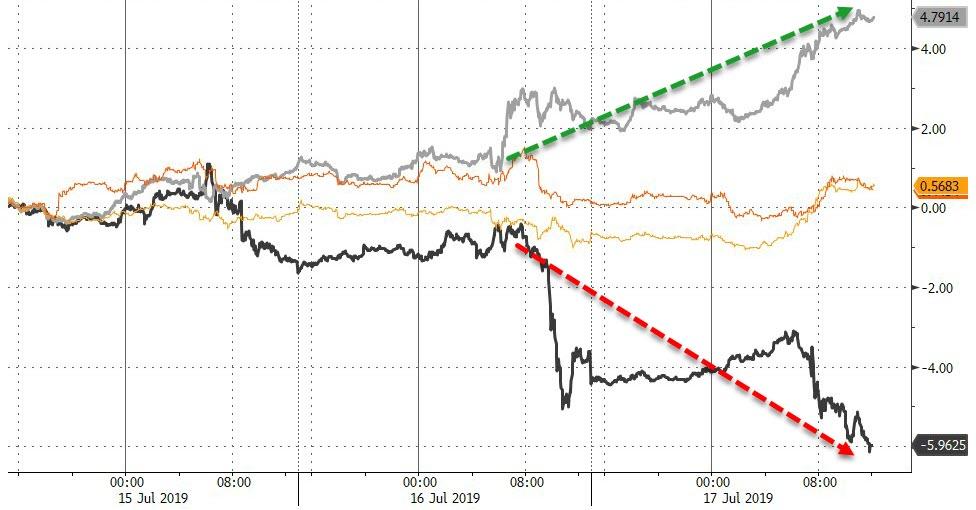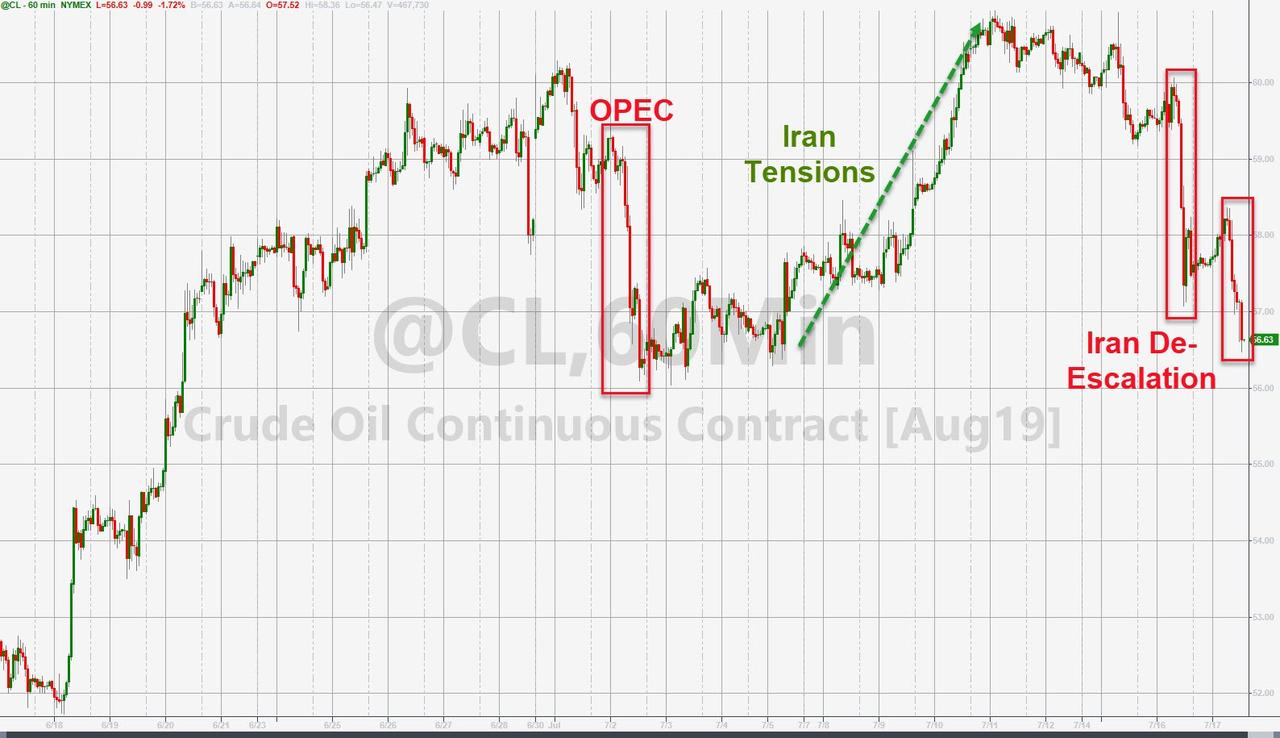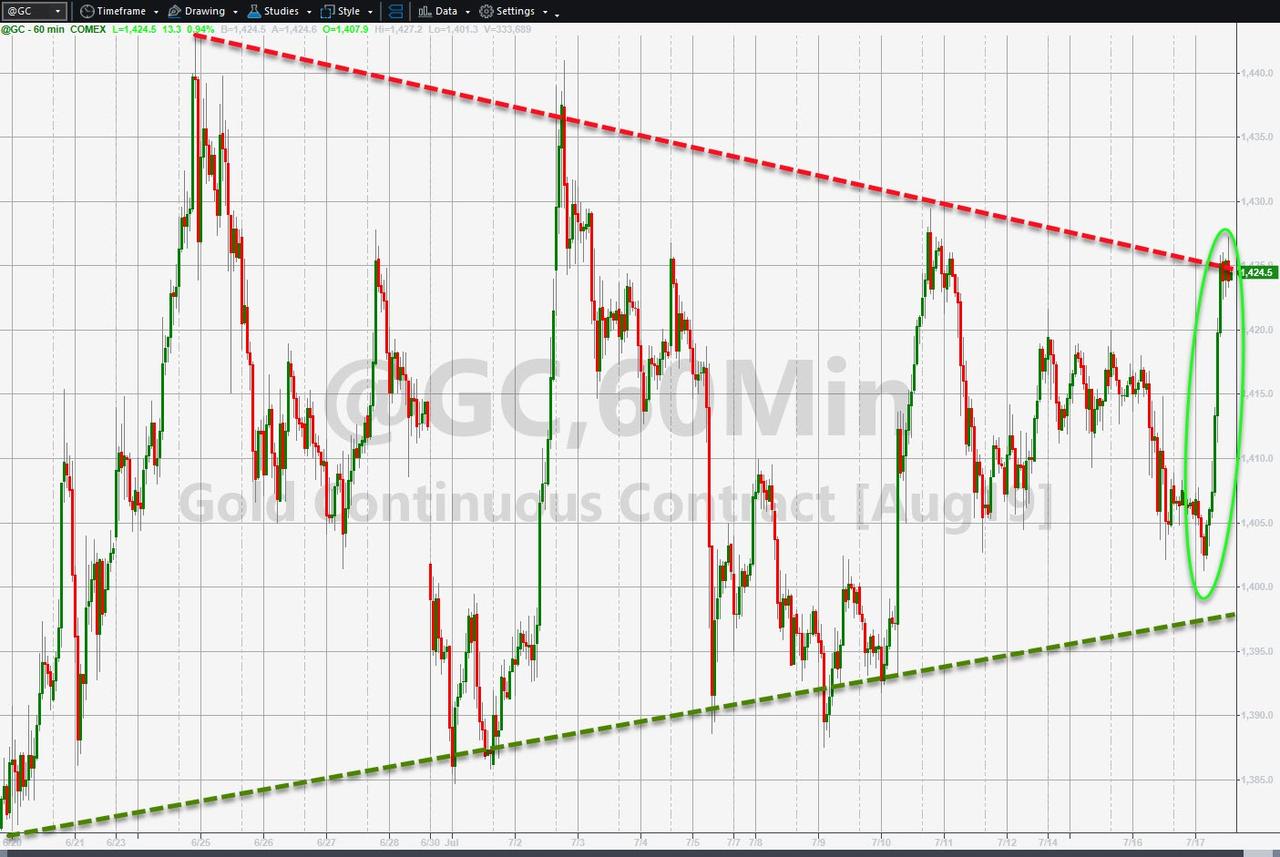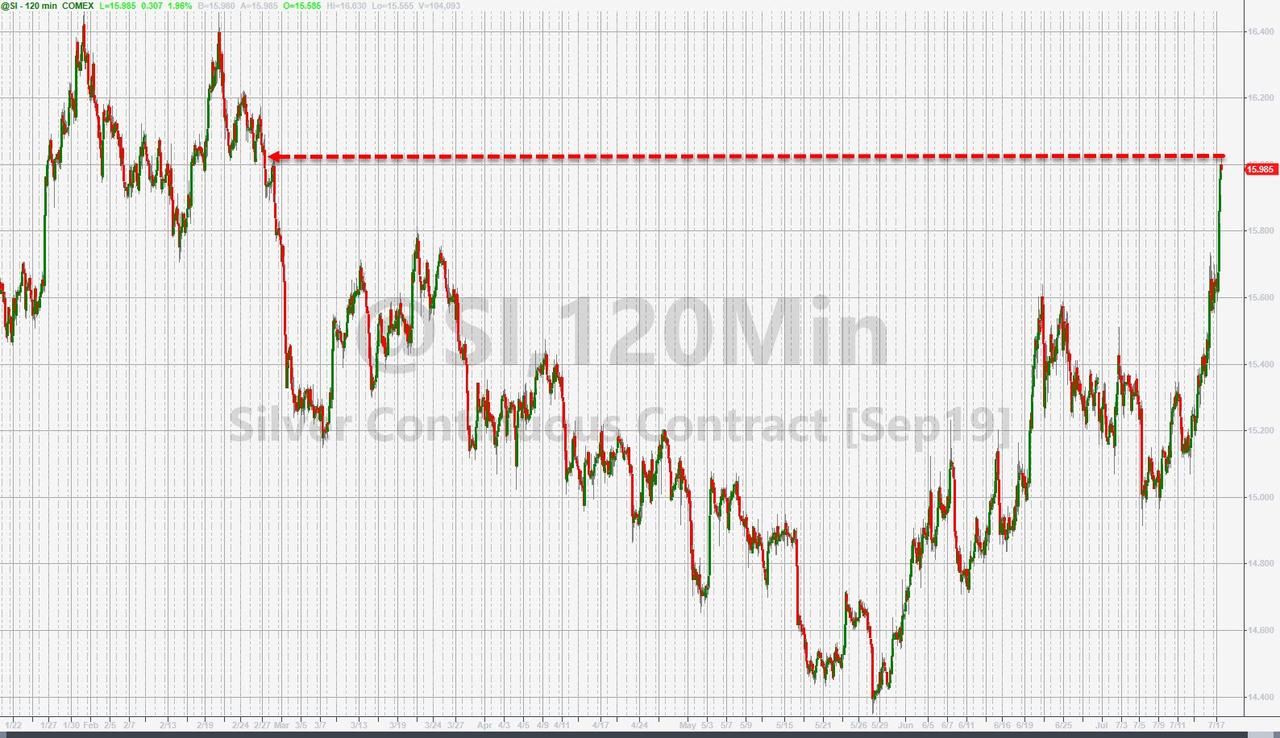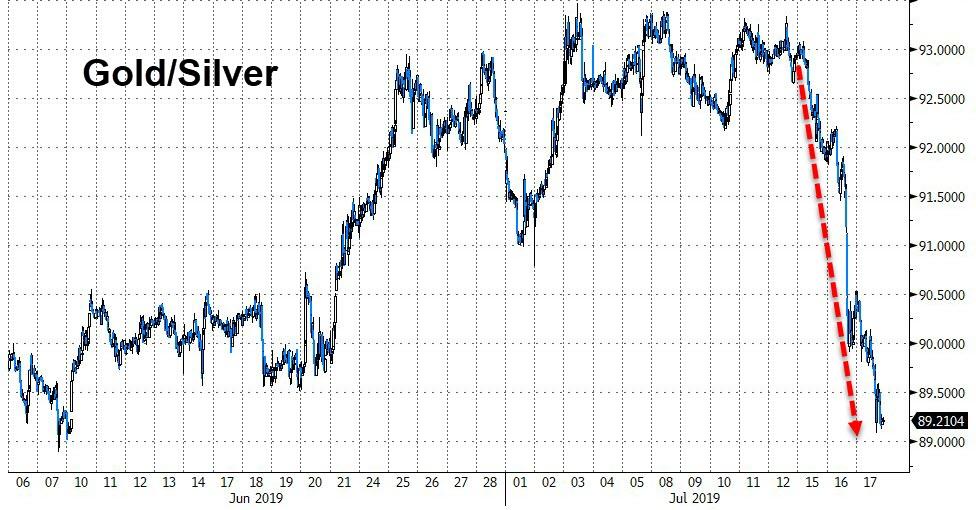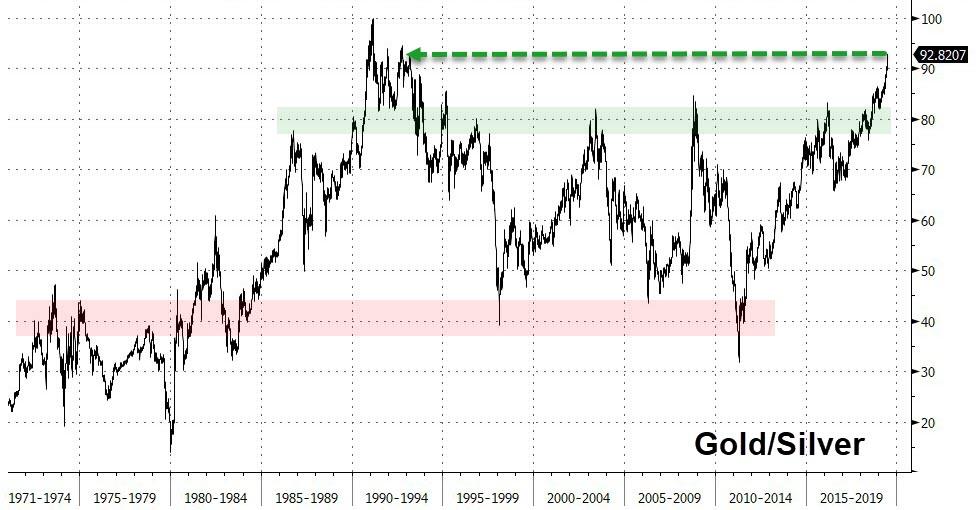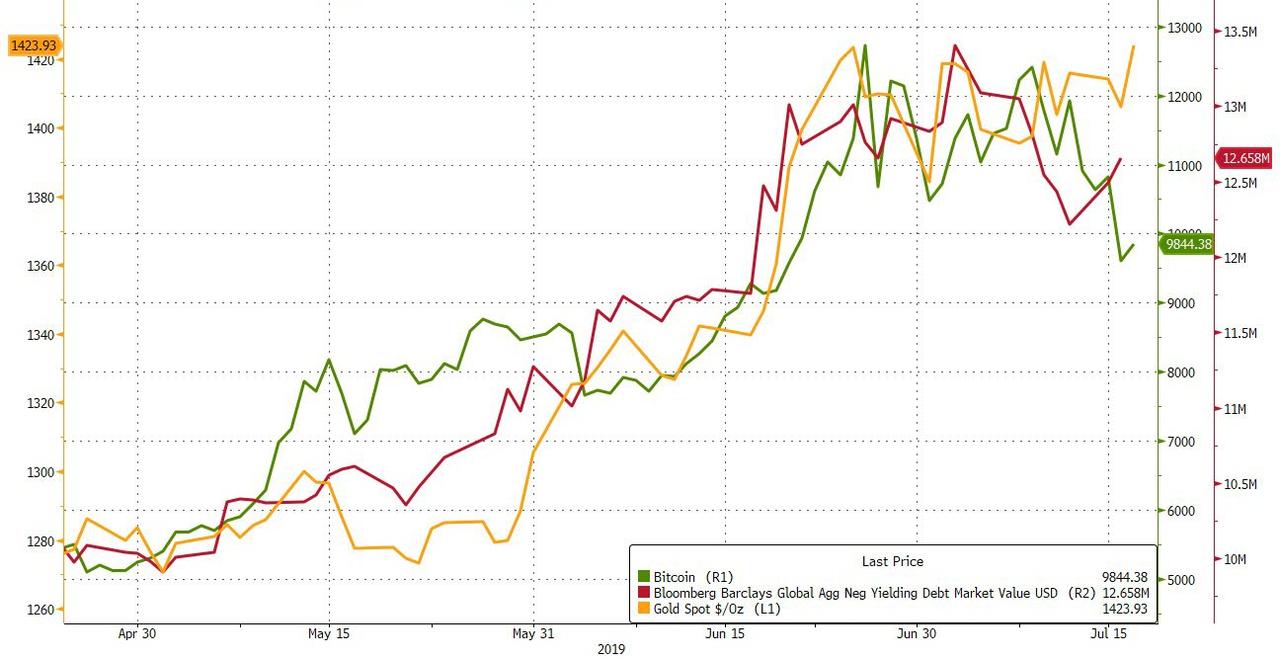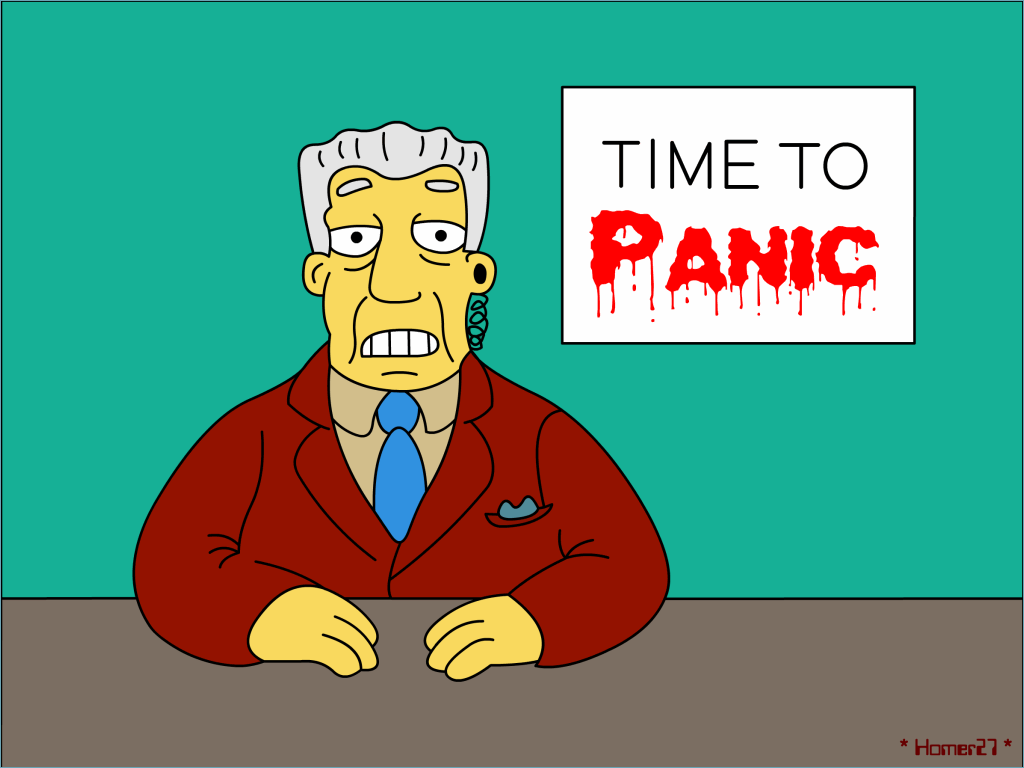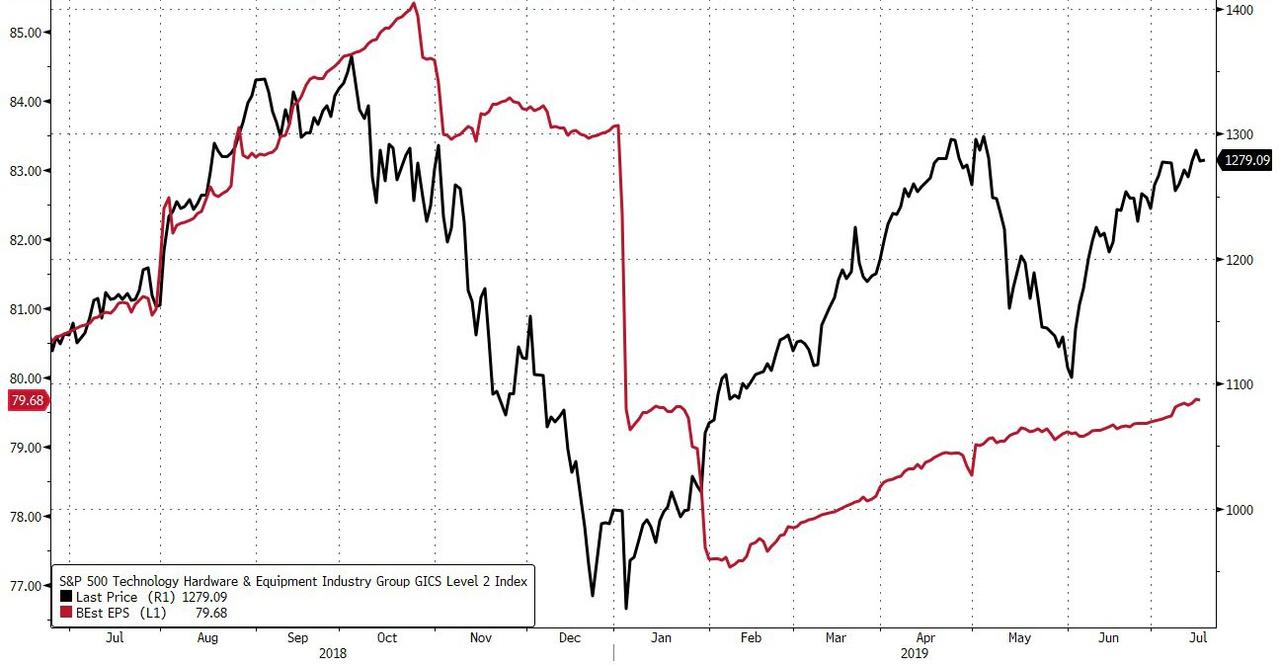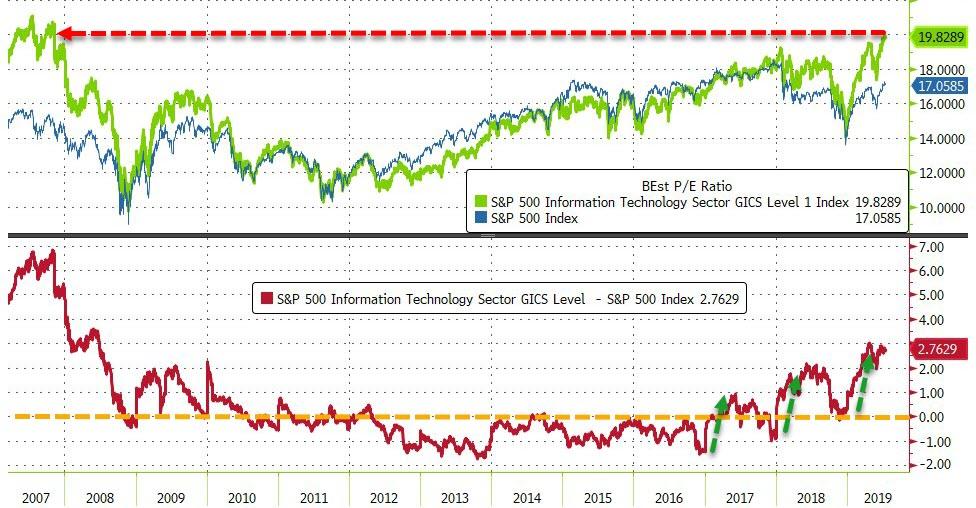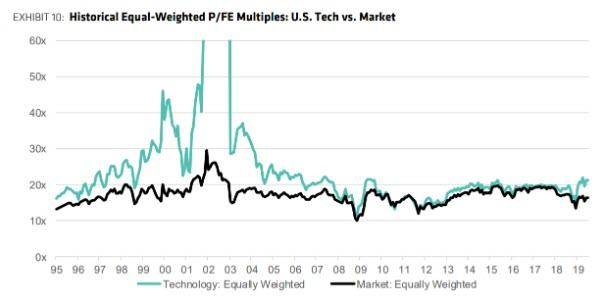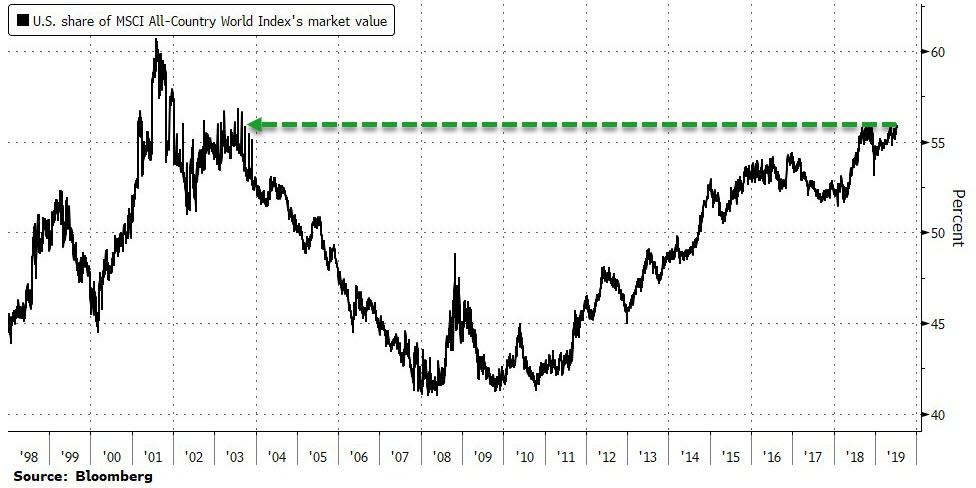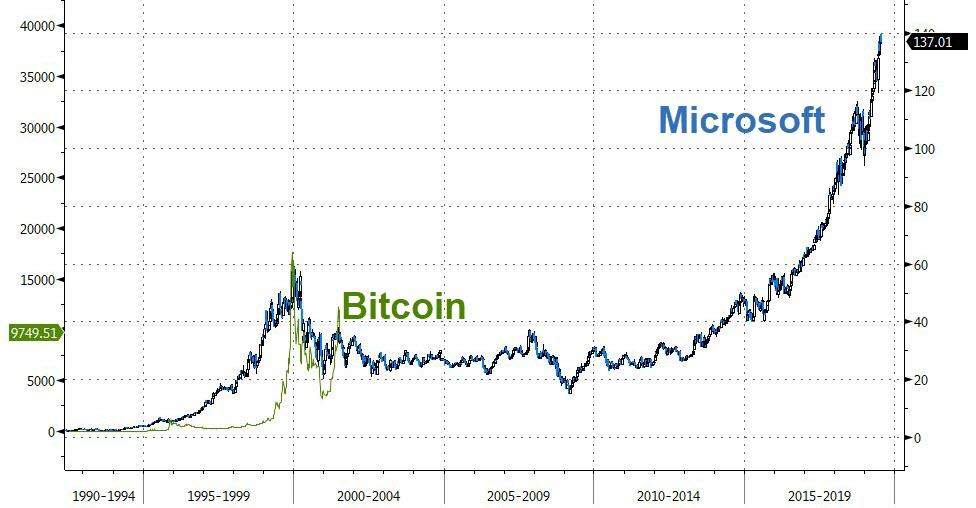New York’s new rental regulations are an unconstitutional violation of landlords’ due process and property rights, argues a new lawsuit filed this week in federal court.
Late Monday, the Rent Stabilization Association (RSA) and the Community Housing Improvement Program (CHIP), two landlord trade groups, filed a lawsuit against New York City, its Rent Guidelines Board (RGB), and the state and city officials responsible for administering the state’s landmark rent stabilization law.
Essentially a form of rent control, the contested law limits how much the owners of rent-stabilized apartments can raise rents and imposes conditions on when tenants in those units can be evicted. In June, state lawmakers—led by a crop of newly elected progressive legislators who’d campaigned on a platform of “universal rent control”—passed a sweeping update to these regulations that piled on more restrictions still.
RSA and CHIP are arguing that New York’s rent stabilization law is such a poorly designed and irrational means of providing affordable housing that it violates the Fifth and Fourteenth Amendments’ due process protections. They also argue that the law prevents landlords from using their property as they see fit while reducing its value, both of which amount to an uncompensated government taking.
The June changes to the law, plaintiffs say, have only exacerbated these constitutional problems.
“Even before the draconian effects of the 2019 amendments, the New York Rent Stabilization Law was antiquated, inefficient, and unlawful,” said Jay Martin, executive director of CHIP, in a statement. “The law actually makes New York’s affordable housing shortage worse by preventing the construction of new apartments, and improvements to existing apartments.”
“The law is not constitutional and punishes hard-working tenants and small landlords alike. Allowing it to continue to harm New York is no longer acceptable,” said RSA President Joseph Strasburg in a statement.
CHIP and RSA are joined in their lawsuit by several individual property owners.
New York’s rent stabilization law, first passed in 1969, generally applies to private apartment buildings of six or more units built before 1974 in New York City and a few neighboring counties. Allowable rent increases at these buildings are capped by local regulatory bodies, including New York City’s RGB. This year the RGB allowed rent increases of between 1.5 to 2.5 percent.
Landlords are typically required to renew tenants’ leases at rent-stabilized apartments unless they plan on taking their building off the rental market, or want to move into it themselves. Even then, removing occupants can be a years-long process. In the past, developers have paid tenants millions of dollars just to get tenants to move out of their rent-stabilized apartments.
Still, the state’s older rental regulations at least gave property owners a little wiggle room. They were, for instance, allowed to “deregulate” their rent-stabilized units—meaning the rent-stabilization law would cease to apply—when they were occupied by tenants earning over $200,000 a year and allowable rent increases had pushed rents above $2,774 a month.
Even with this provision, the rent stabilization law was showering a disproportionate share of its benefits on wealthier tenants.
A June Wall Street Journal analysis found that the difference between rents at rent-stabilized units and market-rate buildings were far larger in wealthier Manhattan than in the poorer outer boroughs. The same article found that renters in the city’s top income quartile were paying 39 percent less on average to live in rent-stabilized buildings compared to their peers in market-rate apartments. Meanwhile, rent-stabilized tenants in the city’s bottom income quartile were paying only 15 percent less than their peers in unregulated units, according to the Journal.
In 2019, state lawmakers eliminated landlords’ ability to deregulate those higher-priced units occupied by well-off tenants. This years’ changes also made it more difficult for landlords to take their properties off the rental market.
Skewing the law even more in favor of wealthy tenants, argues Monday’s lawsuit, makes a badly constructed law an even worse means of helping poor tenants. Limiting landlords’ ability to remove rent-stabilized units from the rental market, the plaintiffs add, “tightly restricts owners’ ability to demolish and rebuild their own buildings to provide additional capacity,” which also negatively affects supply.
Both changes, the RSA and CHIP argue, effectively take away landlords’ property rights without compensating them or furthering any legitimate government interest. The two groups are asking the court to immediately stop the state from enforcing its rent stabilization law, as doing so “will result in increased development of rental properties, better housing for a larger universe of renters, [and] the amelioration of a constrained housing market.”
Chris Kieser, an attorney with the libertarian Pacific Legal Foundation, says that courts have proven resistant to claims that regulations can amount to a government taking of private property so long as the owner is still able to make a “reasonable return.”
A 2008 lawsuit targeting New York’s rent stabilization law as an unconstitutional property rights violation was rejected by a federal appeals court.
Tenant advocates speaking to The New York Times stressed that landlords were still making money under the state’s regulations. “Landlords’ profits are exorbitant if they are willing to waste their money on frivolous litigation such as this,” Judith Goldiner, head of the Legal Aid Society’s civil law reform unit, told the Times.
Kieser says that RSA and CHIP’s claim that New York’s rent stabilization law is irrational might stand a better chance of success, telling Reason “the irrationality argument could be a good way to go because almost no economist thinks [rent control] is a good idea. It doesn’t help the people it’s intended to help.”
While declining to make a prediction on how federal courts might rule, Kieser described the lawsuit against New York’s rental regulations as “a worthwhile fight” against a policy that’s proven so destructive to property rights.
from Latest – Reason.com https://ift.tt/2JJenpk
via IFTTT
